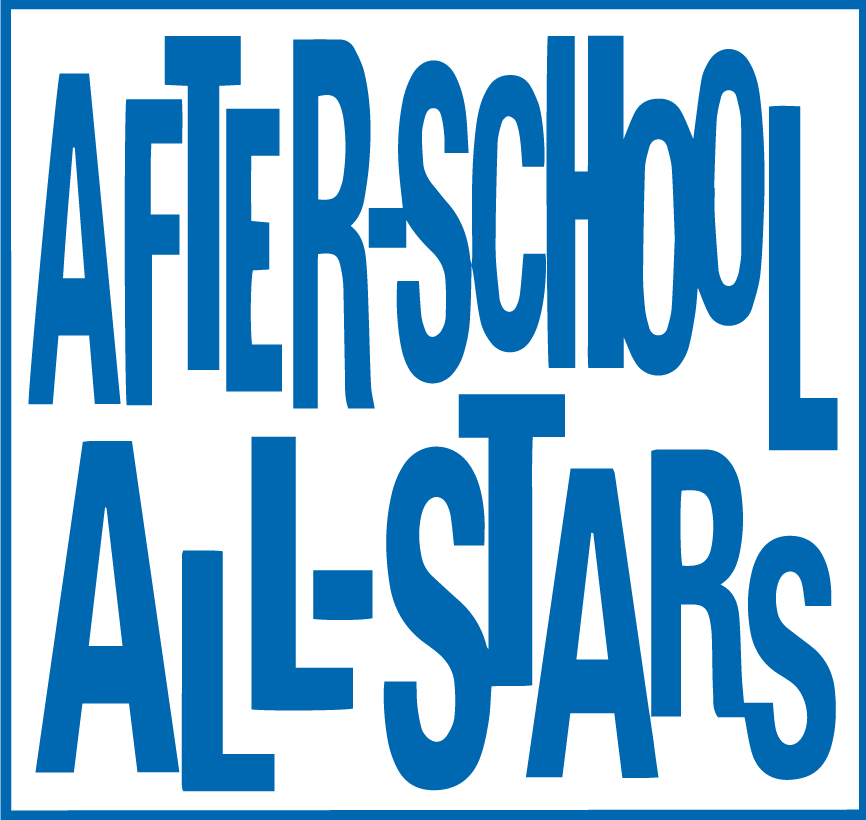Defining program quality is no small feat, and for ASAS, specifying what “quality” means has been intrinsically tied to our organization’s historical governance structure.
ASAS was founded based on the principals of local governance to foster local entrepreneurship. For the first 20 years of ASAS’ history, as a federated organization, every chapter functioned as its own independent nonprofit entity. This independence fostered locally-driven innovation and impact. We saw stimulating academic classes in Los Angeles, powerful arts and dance performances in Orlando, and students cooking healthy dishes that made us proud in Honolulu. What we did not have was a uniform definition of quality. This meant high-quality programming in Hawaii could look and feel very different from high-quality programming in Harlem.
As ASAS moved toward a mixed governance approach with ten chapters operating as part of the national 501c3, establishing a uniform definition and means to support quality gained urgency. In 2014, ASAS piloted the Weikart Center’s Youth Program Quality Intervention (YPQI) process, a research-based youth development program quality improvement process, in 3 chapters, New York, New Jersey, and Las Vegas. YPQI’s continuous quality improvement process has since expanded to fifteen chapters, giving ASAS not only a uniform definition and language to identify quality, but a systematic process of assessment, planning, and improvement nationwide. For example, in Orlando, chapter administration support weekly site reflections where staff identify what has been working and what can be improved. Through these reflection sessions, one middle school site identified a need to further positive culture. They subsequently worked with staff to warmly greet every student personally and engage each and every student as they entered a classroom. This simple practice led to a more positive program culture and deepened staff and student relationships, with one All-Star, Lizzie remarking to her site leaders that “We’re all family.”
Across ASAS’ participating sites, programs are assessed in the fall around their youth development program quality. Some examples of quality factors include emotional safety, youth voice, and reflection. Sites then create improvement plans based on the assessment data and staff receive targeted professional development to support their improvement goals. As sites continue to implement their improvement plans in the spring, they conduct a second round of assessments to examine where they have improved and how they can continue to better support youth—and the cycle of continuous quality improvement begins anew.
This work is not easy. It requires being honest about our successes and our areas for improvement. It requires us to be self-critical and never accept results as they are, but rather, continuously strive for what they can be. Our All-Stars deserve nothing less.
http://cypq.org/sites/cypq.org/files/ExecutiveSummary2.29.pdf



